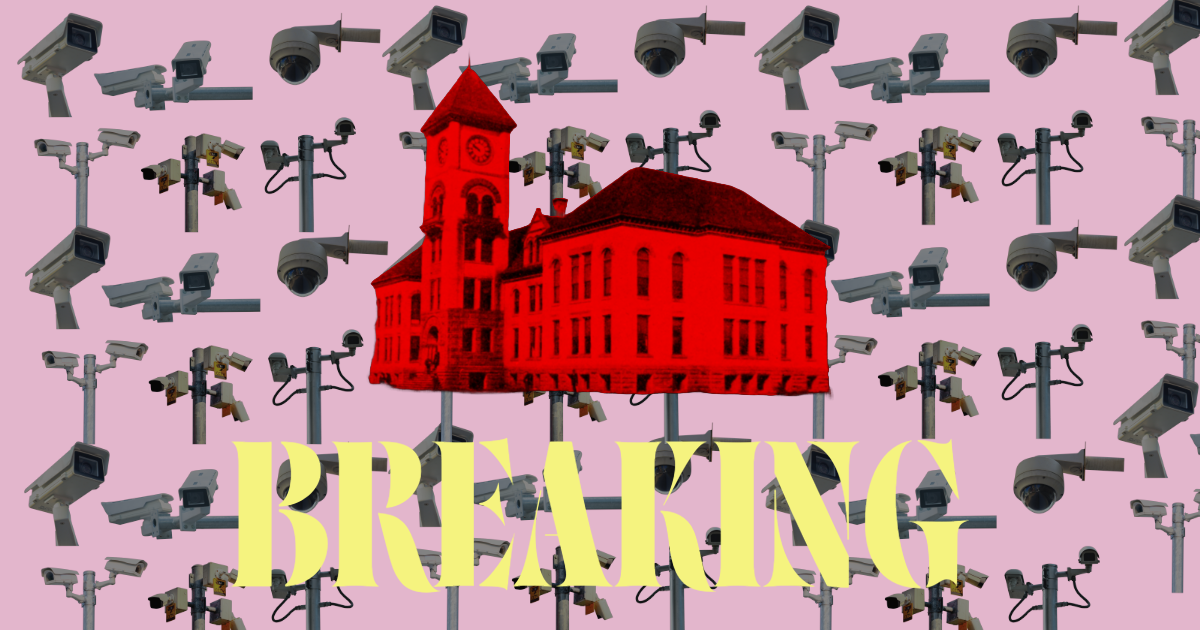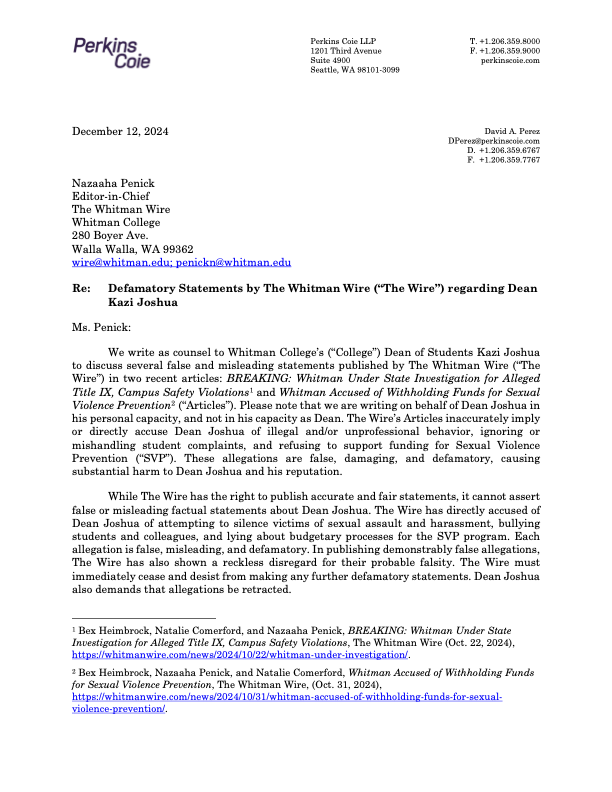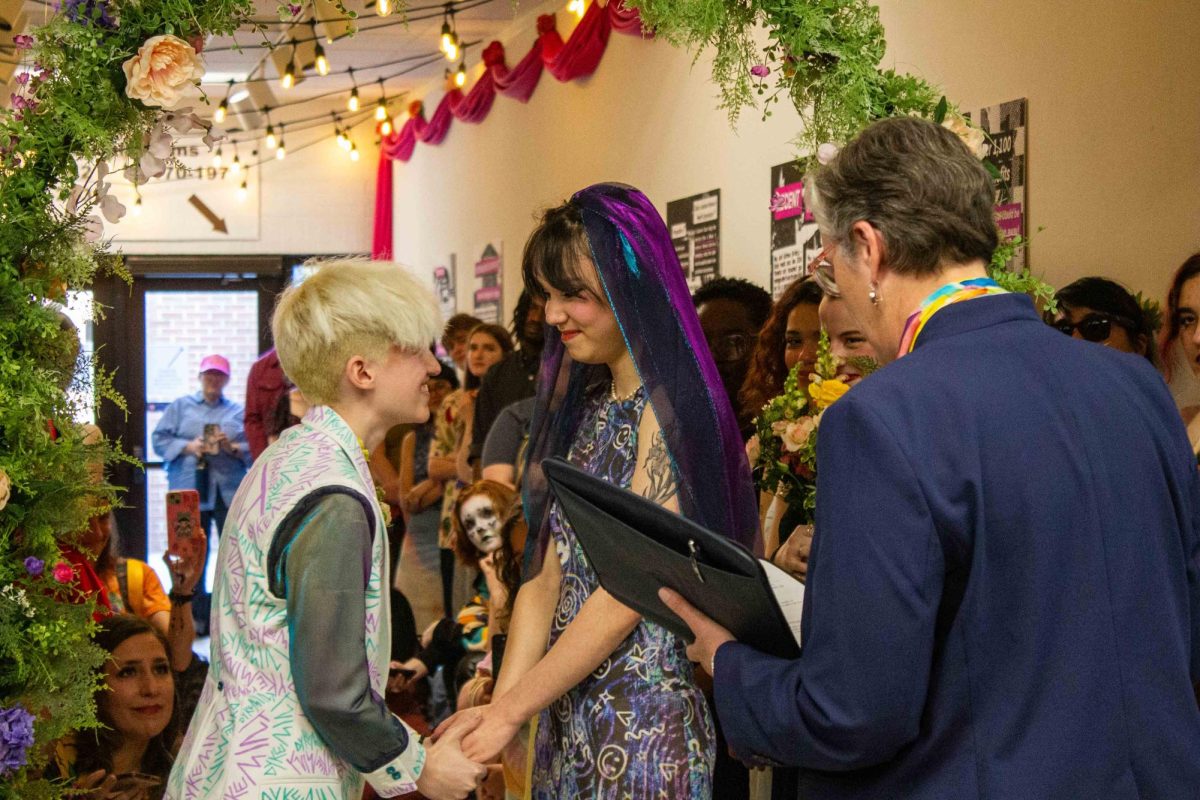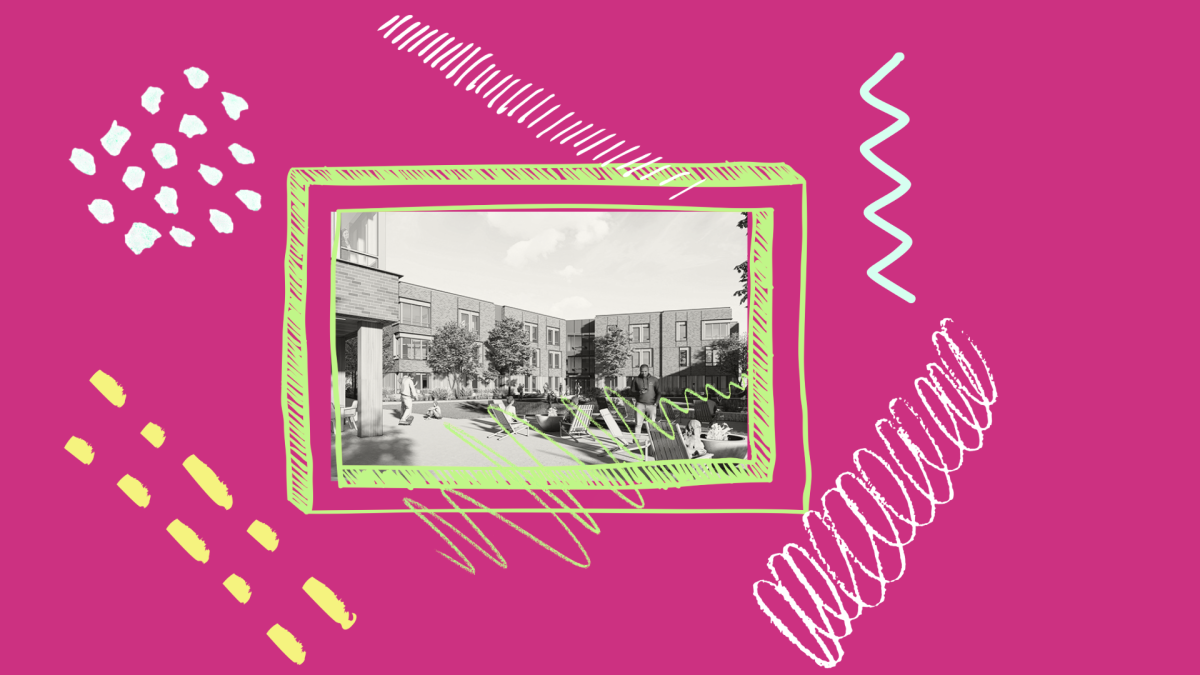The Wire
Can you first tell me a little bit about your background as a journalist, how did you get here? How did you become editor in chief of Teen Vogue?
Versha Sharma
I studied political science in college because I’ve always been interested in politics and political journalism, which is where I started my career. I worked on my student newspaper, and went from staff writer to editor-in-chief my junior and senior year, and that was just a wonderful experience for me. After I graduated, I worked on a couple of political campaigns because I wanted to see what it was like working in politics versus covering politics.
Pretty quickly, I decided that I wanted to cover politics and not work in it. 14 hour days for very little pay was not great, and being a journalist meant that I could actually hold people accountable, which is very important to me. So I got an unpaid internship at Talking Points Memo, which is a US politics site, and ended up working there and getting hired full time. I worked there for a number of years, bounced around a couple of digital news outlets in New York, and was hired at Teen Vogue in 2021.
The Wire
I’m curious a little bit about what your day to day looks like as EIC [of Teen Vogue]?
Sharma
We publish, of course, every day online, on our website and across our social platforms. My day to day can look very different depending on the day. Sometimes it’s full of meetings, full of editing, speaking to my editors, talking about what we’re going to assign, who we’re going to assign it to. And sometimes, if we’re doing a cover shoot or a feature shoot, I’ll be on set for that, so I get to travel a good amount for shoots and production. Sometimes I do some writing and interviewing myself, which is always fun when I get a chance. But Editor-in-Chief is a lot of management; team management, people management, while also managing up to my bosses at Condé Nast. It really is just a mix of all the things
The Wire
Can you tell me a little bit about the target age demographic for Teen Vogue? Who are the readers, and also, who are the reporters? How do you make journalism accessible to youth?
Sharma
So our staff is entirely 20 somethings and 30 somethings, all very young people, I think majority Gen Z at this point. We also have a lot of freelance contributors, so we have a lot of students and teenagers and 20 somethings who write for us regularly as well. That’s how we keep up with whatever is happening amongst young people today. Then the demographic of the readership, our biggest chunk is 18 to 26 [year olds] but we have some who are younger, and some who are older. I like to say Teen Vogue is actually for all ages, because we have parents who read our magazine and find it informative. But of course, our core focus is young people and making sure that we’re reflecting what they need to know and what their issues are.
The Wire
Following up on that, what are some things that you’ve realized about how we can make young people in that age demographic care about journalism? I think as a person who cares about journalism in that age demographic, I see that there’s quite a wide range of people who engage. How have you made people care in your job?
Sharma
Yeah, I think it’s all about making the journalism accessible…meeting readers where they are, meeting our audience where they are, and as we know, that is largely on social media, largely on Tiktok, on Instagram, etc. We are always making sure that we’re adapting our content in a storytelling format that makes sense for those platforms, and I think that that’s really important for reaching young people authentically and getting them to care.
I worked at NowThis before I worked at Teen Vogue, which was a social first, video first publication, and our mission there was very similar to Teen Vogue. It was news for young people, by young people, and I feel like we wanted to get at the misconception that young people are not interested in hard news or politics or whatever it may be. Of course, that’s true of some people, but I think for the most part, magazines and newspapers were not publishing journalism in a way that was accessible to young people or reflected their actual consumption habits or how they spend time on the phone. So NowThis and Teen Vogue, that’s very core to what we do is making sure we’re delivering news in those formats.
The Wire
I’m curious about your background and interest in fashion, how fashion [and journalism] have combined for you, and what it’s like to work as Editor-in-Chief for a platform that also has that fashion angle.
Sharma
I’ve always been obsessed with fashion. I feel like I always described myself growing up, and certainly today, as obsessed with both pop culture and politics. I love working at Teen Vogue because it reflects all of those things, and it also reflects that young people can have multiple interests. You can be interested in what the latest trend might be or who’s wearing what to the Met Gala, and also be interested in what’s going on in the Trump administration. They’re not mutually exclusive at all. It’s really great to be able to cover all of the layers, all of the topics.
I think one thing that’s also been really interesting about what we’ve been doing is being more intentional about covering the intersections of those topics as well. Fashion, trends, celebrities, all of that, we cover, and it’s interesting to some people. But also, how does fashion and the fashion industry affect the climate crisis, which is something we know young people are hugely interested in. How can we all be more sustainable with our clothing choices or consumption? There’s a lot of interesting conversations that are happening at that intersection of policy, of fashion, of pop culture, that I think Teen Vogue does a great job of covering.
The Wire
What is your favorite story that you’ve ever worked on or published?
Sharma
Well, I am very proud of the recent special issue that we did with Vivian Wilson, who was Elon Musk’s estranged daughter. She’s a 20 year old trans woman. It was a coup to get that interview. Everybody wanted to speak with her, but we’re really, really thankful that she wanted to speak with Teen Vogue, and I think that speaks to our authenticity with young people, and the trust in our reporting, especially of marginalized communities, especially of the queer community and the trans community, that she chose Teen Vogue specifically to do her first big interview in photo shoot. I worked really hard on that, and we’re very proud of how that special issue turned out.
The Wire
I’m curious a little bit more about how things have changed in the past few months. Have there been any big shifts in the way that you’ve chosen to report, and what you’re choosing to report on, now that things are a little bit different on the federal government level?
Sharma
I mean, absolutely, I think it’s difficult, right? There’s a challenge in covering everything that’s happening with this administration, because there’s so much happening at any given time. So we really want to be intentional about picking our lane and being able to produce good quality journalism in our lane. We are constantly reporting on how these policies impact young people. That’s what makes sense for us.
But still, there are myriad policies that affect young people coming out of this administration, so it is still really challenging to keep up with. So we’re just trying to be we’re trying to prioritize the issues that matter most to our audience. What actually affects their day to day? What are they interested in? Knowing everything that’s happening with the Department of Education, how that affects curricula, how that affects student debt, there’s just so much to dig into. So absolutely it has changed. You know, the cadence of our political reporting and publishing, but Teen Vogue also has a great legacy of political reporting stretching back 10 years now, so we’re very proud of that.
The Wire
Have you noticed any changes, not on your reporting side, but on the sources talking side? Something that we’ve noticed a lot on our small newspaper level is sources seem a lot more hesitant, especially sources from vulnerable communities. Sources are requesting a lot more things like deletion, anonymous bylines, requesting things to be taken down post publication. Has Teen Vogue had to deal with any of that? And if so, how have you navigated those challenging circumstances?
Sharma
Yeah, we’ve definitely dealt with the same exact thing, and I completely understand why. I think it’s really important to us to protect our sources, and it’s really important to us to protect marginalized communities. So if it’s a deletion request or an anonymous request, we take it on a case by case basis. Our editors talk with me, with our legal team, with our fact checking team, and make sure that we’re covered on all bases, depending on what the situation is. And because we want to keep reporting on the impacts on young people right now, in certain cases, we’re fine to have anonymous sources, as long as we can verify them and verify what they’re saying. So I absolutely think that this is a sensitive topic that all newspapers are going to have to navigate going forward. But I think if you have your established fact checking and editing processes in place, I think people will still be comfortable talking to the outlet.
The Wire
Looking towards the future, are there any strategies that you found helpful in getting sources to still trust your outlet, and making sure that you’re keeping everyone comfortable while also reporting on the stories that matter and not letting fear win?
Sharma
I think we really prioritize empathy in our reporting, and editing processes as well. I think that’s something that makes team Vogue stand out to other outlets. Again, it’s why people like Vivian trust us with their stories, because they see our established track record of reporting on queer and trans communities or marginalized communities. So I think the more that you can report responsibly and accurately on issues that are facing different groups, the more that they will be likely to trust you and to trust you with their story. There are, unfortunately, a lot of journalists out there who are either participating in some kind of gotcha journalism, or they’re not necessarily interested in telling people’s stories. They may have a pre-built narrative that they’re trying to fit their reporting into, and so I understand why there is some distrust of journalists and media, but I also think we all have a job, an education job, to let people know there are plenty of journalists out there who are just trying to do the right thing and report accurately and responsibly.





